
Mercedes-Benz A-Class Hatchback (2013-2018) engines, drive and performance
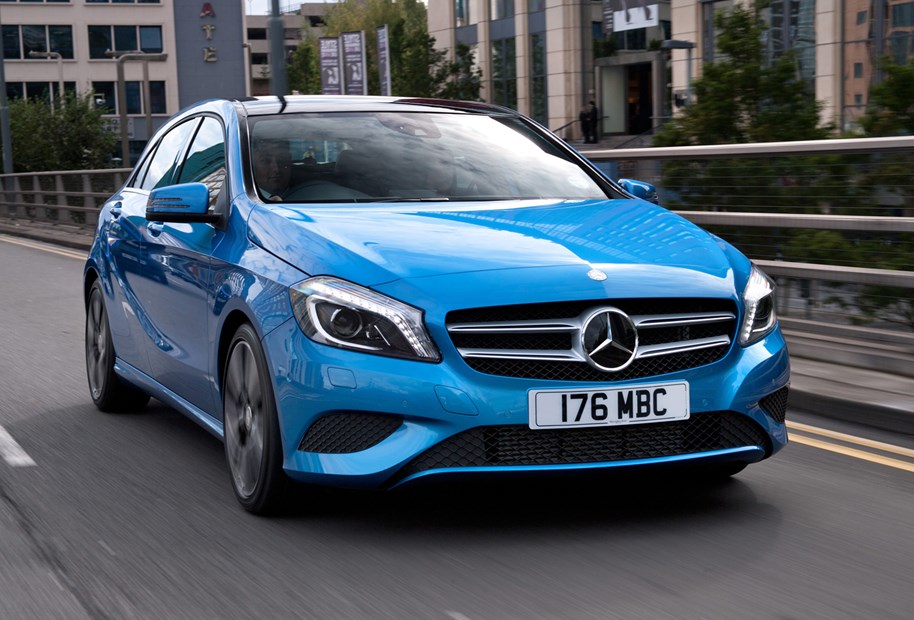
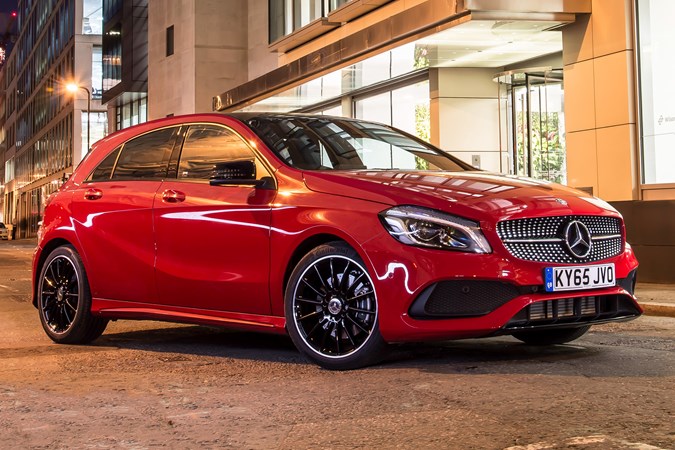
- Larger engines are better all-rounders
- 2.1-litre diesel noisy, A 45 ferocious
- Automatic gearbox is the better choice
There was a broad spectrum of engines across the Mercedes-Benz A-Class (W176) range to suit most requirements for performance and efficiency. Just don’t expect the numerical part of the model name to represent the engine capacity as on Mercedes of old.
Petrol-engines
For the regular A-Class range there are only two basic engine sizes, but they’re available in a number of power outputs, hence all the different badging.
The line-up was expanded in 2016 with the introduction of the A160 as the entry-point for the A-Class range. Like the others, it’s turbocharged, not that you could tell from its peak power of 102hp, but there’s 180Nm of torque on offer from a very low 1,200rpm, enough to propel this 1.6-litre model from 0-62mph in 10.6 seconds and on to a top speed of 118mph. That’s for the standard six-speed manual gearbox – the optional seven-speed twin clutch automatic (7G-DCT) sees the 0-62mph dip slightly to 10.4 seconds.
Opt for the A180 and the same engine’s retuned to produce 122hp, with torque increased slightly to 220Nm, albeit at 1,250rpm. While the top speed remains the same, it’s quicker to accelerate with 0-62mph times of 8.9 seconds for the manual, 8.6 for the automatic.
Despite its A200 badging the same 1.6-litre turbo engine’s still employed here, now remapped to produce 156hp and 250Nm of torque, again from 1,250rpm. Regardless of gearbox, the top speed rises to 139mph, with 0-62mph times of 8.1 seconds with the standard transmission and 7.8 with the quick-shifting DCT auto.
First of the A-Classes to feature a 2.0-litre turbocharged petrol powerplant was the A250, churning out an impressive 218hp and 350Nm of torque from a lowly 1,200rpm. Once again, manual and DCT automatic transmissions are offered, along with a third choice of the auto ’box in combination with 4Matic four-wheel drive. All post identical performance figures with a 0-62mph time of 6.3 seconds and a 149mph top speed.
Diesel engines
Smallest of the diesels was a Renault-built 1.5-litre unit installed in the A180d. It produces just 109hp but 260Nm of torque from 1,750rpm. That healthy torque figure fails to enliven the performance much at all, though. Six-speed manual and seven-speed twin-clutch automatic transmissions are both available and deliver identical performance stats: a 118mph top speed and a 0-62mph time of 11.3 seconds.
The remaining diesels use Mercedes familiar – and noisy – 2.1-litre motor in two different states of tune. First up is the A200d with 136hp and 300Nm of torque from 1,400rpm on tap. The choice of two transmissions continues and while both have top speeds of 130mph, at 9.3 seconds the manual’s slower from 0-62mph than the automatic’s 8.8-second time.
Topping the diesel range was the A250d. It’s only available with the seven-speed DCT automatic, but in both front-wheel drive and 4Matic four-wheel drive forms.
Power jumps to 177hp and there’s a rise in the torque figure to 350Nm at the same engine speed as before. Both A250d models perform the 0-62mph sprint in 7.5 seconds, but with a top speed of 137mph the 4Matic was 2mph slower than its front-wheel drive counterpart.
High-performance engines
Flagship of the A-Class range, both in terms of price and performance was the Mercedes-AMG A45, renamed as such in 2015 having spent its initial two years on sale as the Mercedes-Benz A45 AMG. That’s not confusing, is it?
There’s just one engine option here: it’s a 2.0-litre turbocharged petrol engine which boasts 381hp and 475Nm of pulling power from 2,200rpm. It feeds power to all four wheels through a seven-speed twin-clutch AMG Speedshift automatic gearbox which can be operated using the paddles behind the steering wheel.
There are three driving modes which you can select depending on the style of driving required. Comfort mode dulls throttle response and gearchange ferocity and activates the fuel-saving start/stop system.
The dash to 62mph takes just 4.2 seconds, while top speed was limited to 155mph. While this was undoubtedly a fast car, unless you’re using the Race Start function it doesn’t feel overly brash. Actually, this was a car you could live with day-to-day quite happily, assuming you can cope with the firm ride quality.
What’s it like to drive?
- Earlier models’ ride was overly-firm
- More comfortable after 2015 facelift
- A45 has terrific traction and handling
Handling revisions in 2015 promised to address the ride quality and handling prowess of the Mercedes-Benz A-Class, which we’d previously felt was overly firm and not particularly exciting.
It was always agile enough to make it reasonably engaging, with well controlled body lean, but was not in the same class as the Volkswagen Golf, the Audi A3 Sportback or the BMW 1 Series. It was even trumped by the humble Ford Focus. Steering feel wasn’t particularly dynamic or communicative, feeling somewhat anaesthetised.
2015 facelift brought improved ride
Mercedes-Benz renewed its focus on comfort for the 2015 facelift, with extensive testing in various simulators to analyse and improve the ride quality. You can select between four driving modes called Comfort, Sport, Eco and Individual, which adjusts the engine, transmission, suspension, steering and even air-conditioning responsiveness. The system comes with Sport and AMG Line trim levels.
More of a cruiser than a bruiser
We found the A-Class great for cruising, providing the roads were smooth enough; most models offer enough grunt for easy overtaking manoeuvres. The brakes perform very effectively, too.
Older A-Classes came with two suspension set-ups – Comfort and Sport – and our tests on smoother European roads told us that the softer suspension set-up was best for UK buyers. Sport is really only for enthusiasts who enjoy a firm ride quality.
Ferocious Mercedes-AMG A 45
Thanks to 4Matic four-wheel drive, the Mercedes-AMG A45 has armfuls of traction through bends, proving an extremely stable and confidence-inspiring car, which is fantastic because it’s also very quick. The steering is incredibly well-weighted and very direct, and while it’s a little numb around the centre, it’s a clever system which becomes more responsive as you speed up. This means you don’t have to turn the wheel as much to get around tighter corners.
You get a three-stage traction control system, which defaults to the car’s original state upon restarts. A single press engages Sport Handling mode, which allows a bit more slip before the electronics cut in, allowing faster drivers to explore the limits of the chassis. Finally, holding the button down turns the system off altogether meaning it leaves everything to the talent of the driver.


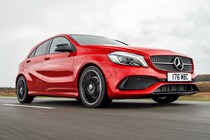
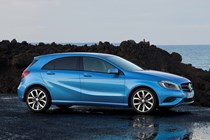
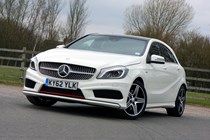
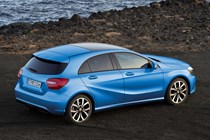
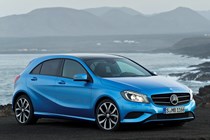
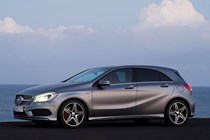
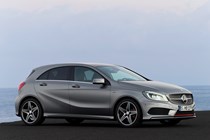
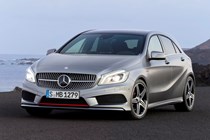
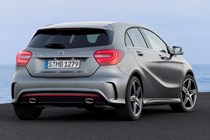

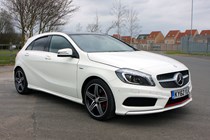
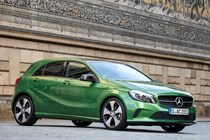
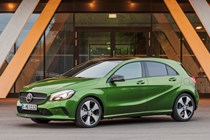
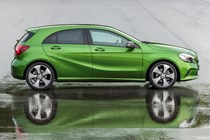

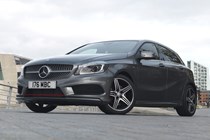
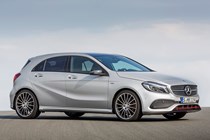
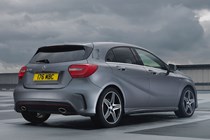
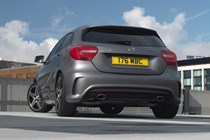
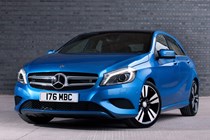

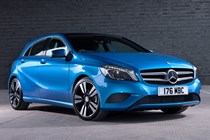

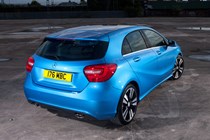
.jpg)
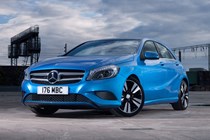
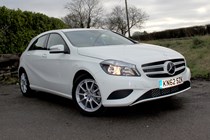
.jpg)
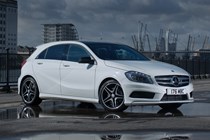
.jpg)
.jpg)
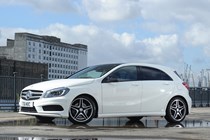
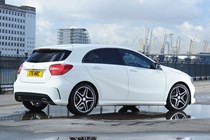
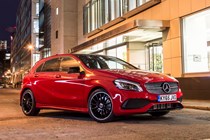


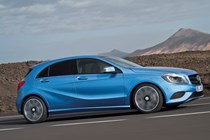
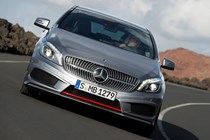
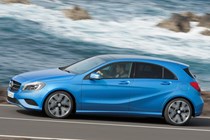
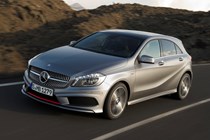
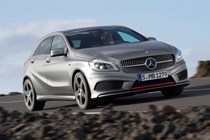

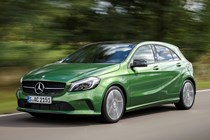
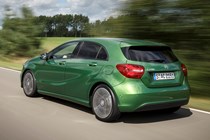
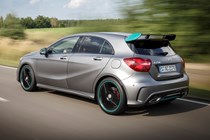
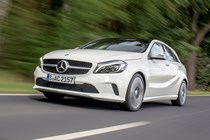
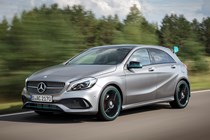
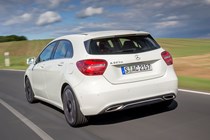
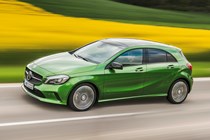
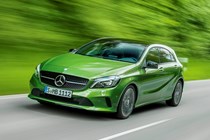
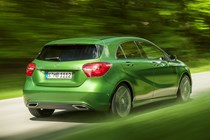
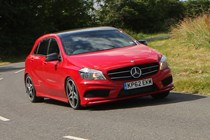

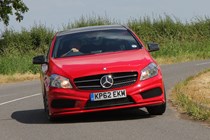
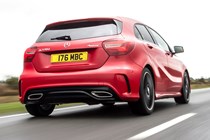
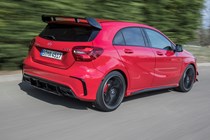
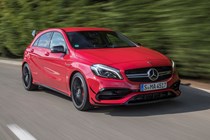
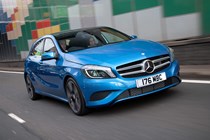
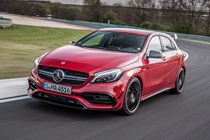
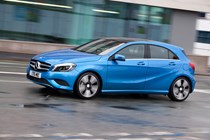


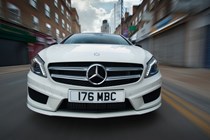
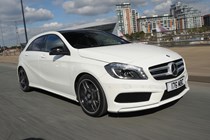
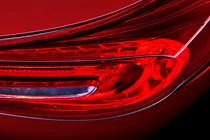
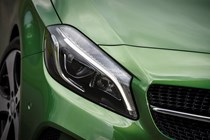

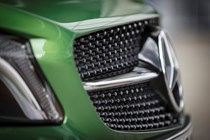

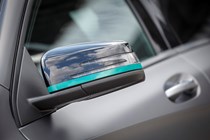

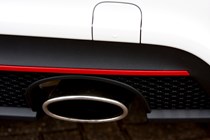

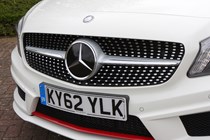
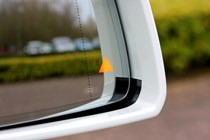
.jpg)
.jpg)
.jpg)
.jpg)
.jpg)
.jpg)
.jpg)
.jpg)
.jpg)
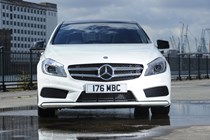

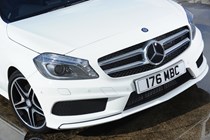
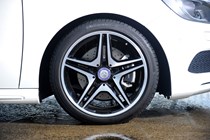
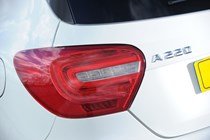

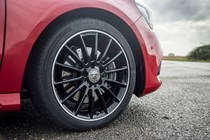


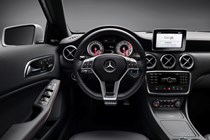
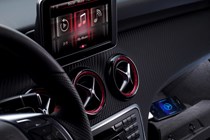
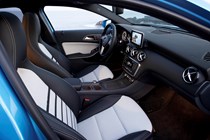
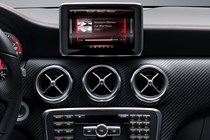
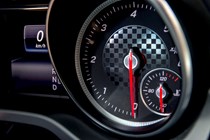
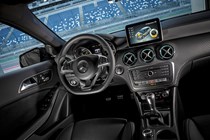
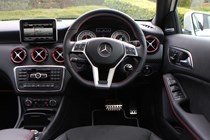
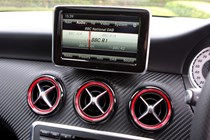
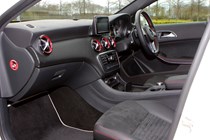

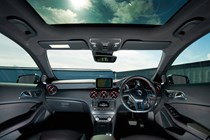
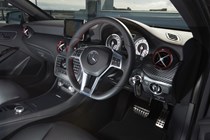
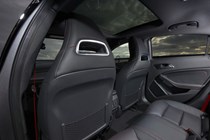
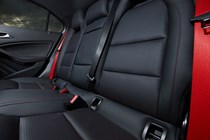
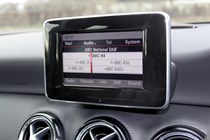
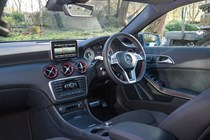
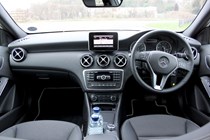
.jpg)
.jpg)
.jpg)
.jpg)
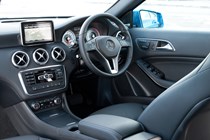
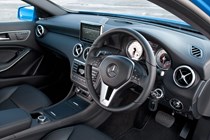
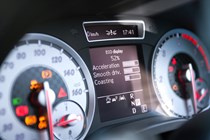

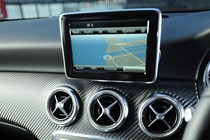
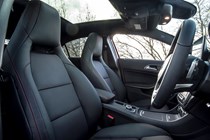

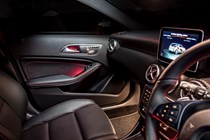
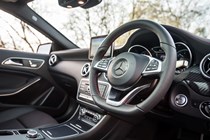
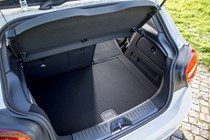
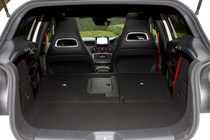
.jpg)
.jpg)

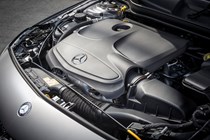
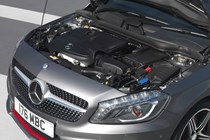
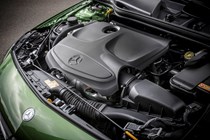
.jpg)
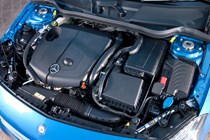
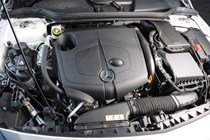
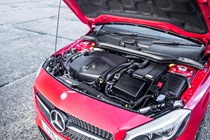
























.jpg?quality=50)


.jpg?quality=50)

.jpg?quality=50)
.jpg?quality=50)












































.jpg?quality=50)
.jpg?quality=50)
.jpg?quality=50)
.jpg?quality=50)
.jpg?quality=50)
.jpg?quality=50)
.jpg?quality=50)
.jpg?quality=50)
.jpg?quality=50)


























.jpg?quality=50)
.jpg?quality=50)
.jpg?quality=50)
.jpg?quality=50)











.jpg?quality=50)
.jpg?quality=50)




.jpg?quality=50)


